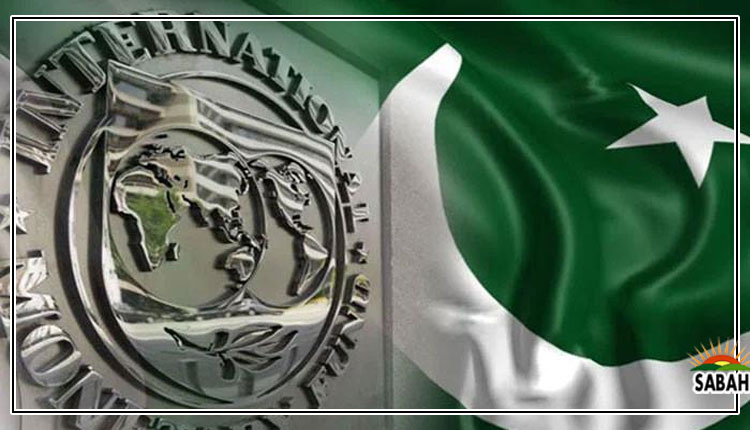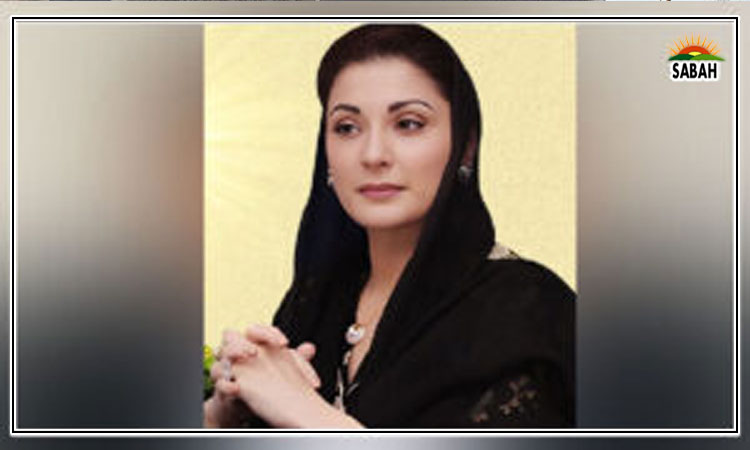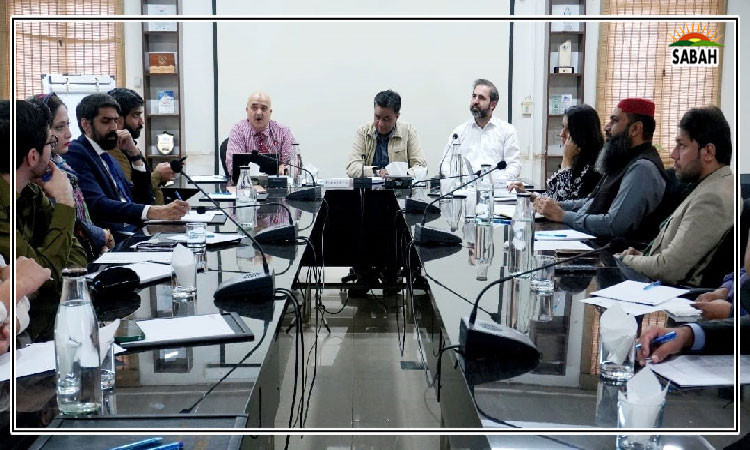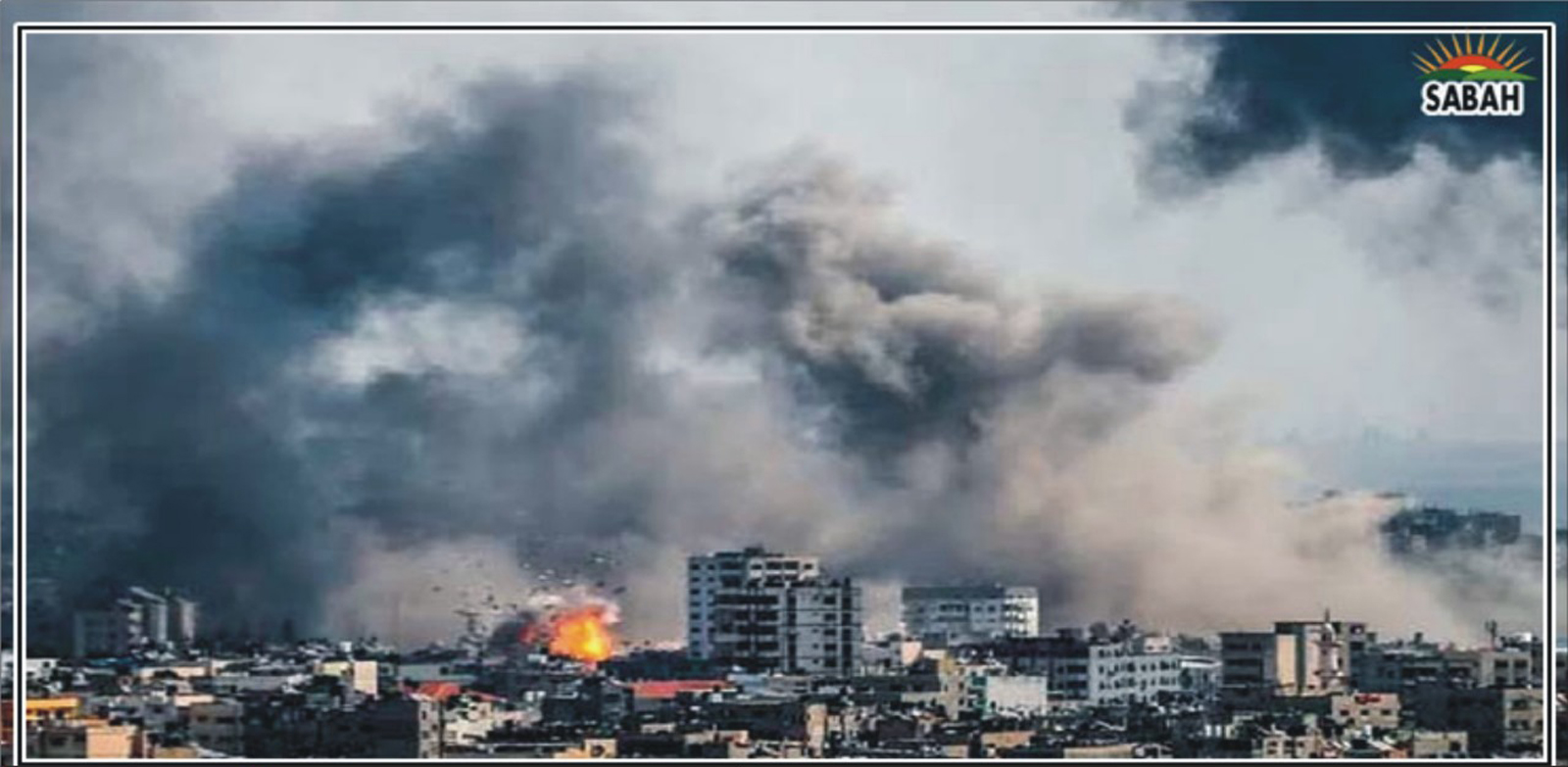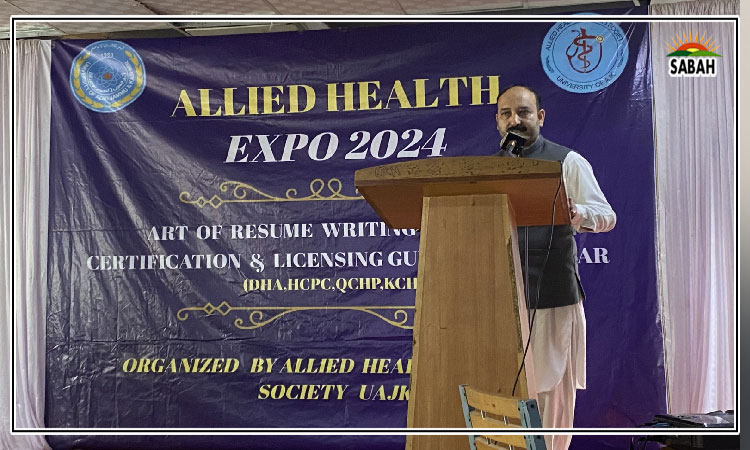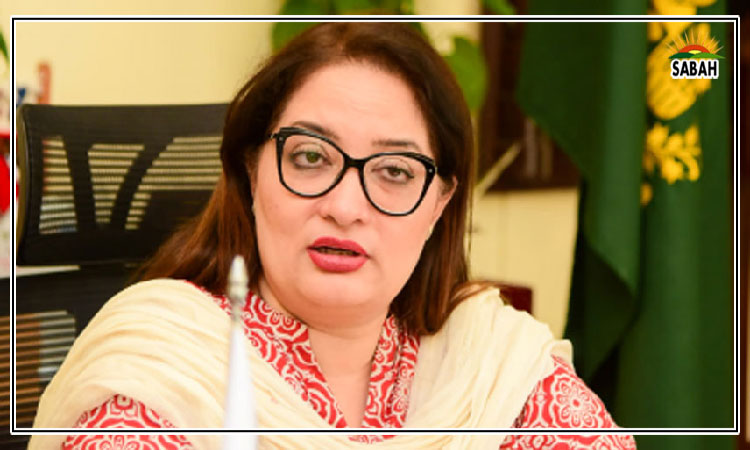Living unliveable lives…Ghazi Salahuddin
In recent weeks, there is this subject tugging at my heart that I have been afraid to take up. I find it very unsettling, emotionally, and feel that I will not be able to grasp its meaning within the larger perspective of the lives we are condemned to live in this society. But I am inclined to touch upon it now, prompted by some news published this week.
So, let me first mention the peg I am using for this column. In its Global Liveability Index 2023, the Economist Intelligence Unit (EIU) has ranked Karachi among the top five least livable urban centres of the world. And the issue that has haunted me is the frequent lynching of suspected criminals in the streets of this city.
The very thought that a mob, consisting of ordinary people, is so readily formed to pounce upon a suspected mugger and to beat that person to death is in itself forbidding. As I have suggested, these horrible incidents have happened in Karachi with some regularity to an extent that there is now just a brief report of it in the inside pages of a newspaper.
I was thus not surprised to read this single-column, three inches long story on the city page of an English daily that a mob lynched an alleged mugger when he tried to loot a woman in North Karachi on Thursday. By the way, he was only armed with a toy gun. This was a day after the publication of the IEU report on Karachi being so unlivable. Apparently, mob violence taking place on the streets of the city was not a measure of how the livability index was computed.
There is really no revelation in Karachi being ranked near the bottom of the livability index and that is where it has lurked in previous assessments. In the latest index, Karachi is ranked 169th out of a total of 173 cities. Last year, it was 168th in a total of 172.
There is no need to share details about this index though lists are always very interesting and informative. Vienna is on the top this year and Damascus, deeply wounded by a long civil war in Syria, is the last. Before this war, Damascus was, at least for me, one of the loveliest of cities in the world. The fact that it is the longest constantly inhabited city in history is a testament to its glory. Here is an example of how precious and invaluable treasures of civilization can be ravaged by mans folly and barbarity.
Karachi is no Damascus in terms of its architectural and spiritual heritage. Yet, it has its history and what has happened to it after Partition is the focus of numerous studies, not all of them disheartening. But it’s chronicle of terror and violence and political discord is remarkable. It has generally laid claims to being one of the most dangerous cities in the world.
Without invoking its history, I want to invite the attention of our rulers, local and provincial and national, to the kind of social disorder that is mounting in the city. To an extent, it is a reflection of what is happening across the nation. However, Karachi has its own dynamics and its own maladies. An alarming increase in street crime, combined with the waywardness of an unemployed and poorly educated youth, is creating societal disequilibrium.
Yes, we have seen lynching in many other places. The incitement has usually been of a religious kind, when someone is accused, often falsely, of blasphemy. Religious extremism and intolerance are rampant. But the frequency of lynching of suspected criminals in Karachi is astounding, if someone out there is willing to look at it.
Not so infrequent are murders of another kind. The police have been trigger-happy and innocent lives have been lost at checkpoints, when bikers and drivers do not readily stop when challenged. Muggers are also quick in using their firearms when citizens hesitate to part with their valuables. Family disputes, too, are now more likely to lapse into fatalities.
In this entire span of lawlessness and violence, it is the incidence of lynching that I think is exceptional. A mob in any situation, in any public space, is composed of ordinary citizens who mostly are struggling to make ends meet in difficult times. Anyone walking on busy streets in any neighbourhood, something that the more privileged will never do, is likely to relate, as a fellow citizen, to other pedestrians. Why do they go crazy all of a sudden?
There was that incident in Machhar Colony in October last year when two employees of a telecom company, doing their assignment, were lynched on mere rumours that they intended to kidnap children. And, as I said, lynching of suspected criminals is now becoming a routine matter.
Incidentally, Pakistans social indicators are generally very dismal, as most global surveys and rankings would bear witness. From these lower depths, how can we rise to at least provide some validity to the plans that, for instance, Prime Minister Shehbaz Sharif is proposing to move forward? This week, he has energetically been launching his scheme for youth development. But can he teach our caged youth to sing?
Coming back to the EIUs Global Liveability Index 2023, the city that is ranked so low is supposed to be the engine of Pakistans economic growth and the reservoir of talent and creativity that is at the disposal of this country. In any case, no other Pakistani city, neither Lahore nor Islamabad, is ranked on this index. Does this mean that Pakistan still has a secret weapon to project a higher quality of life and growth-oriented human environment?
Finally, there certainly are a few sectors in which we are not near the bottom of the ranking. On Tuesday, World Population Day was observed, and we are number five in the world in population. Is it something we can be proud of, particularly when you assess the human capital that this population has generated?
Courtesy The News



